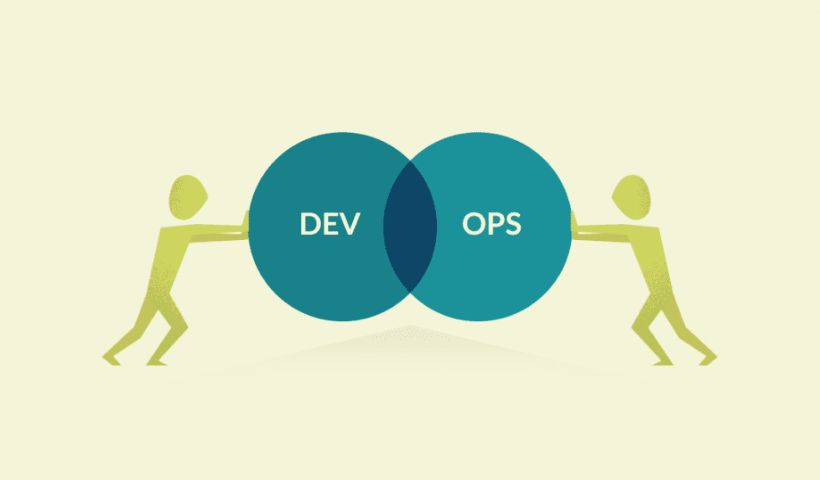Three Ways For DevOps To Support Continuous Architecture : Long systems and software architecture design phases used to be a necessary step and sometimes a business prerequisite before engineering teams began developing applications and systems. Architects reviewed high-level requirements, considered business standards, and mapped out an architecture of platforms, design patterns, and components to use in the software development process.
Some organizations take architecture planning a step further if new technologies or software components are required. They have established architecture review boards to provide transparency in decision-making, highlight architecture risk, align budgets, and examine other considerations that affect sustainable development practices. Others question the effectiveness of architecture review committees because they hinder autonomy, disrupt the flow of development, and can lead to excessive documentation.
Agile development teams seek autonomy and power to respond to change rather than follow a prescriptive plan; this is one of the key values of the Manifesto for Agile Software Development. However, technology leaders are looking to reusable platforms, development standards, and sustainable operating models for efficiency, quality, and reliability while reducing technical debt.
Table of Contents
Automate The Creation Of Development And Test Environments
A first place to start with continuous architecture may be in core DevOps practices, such as automating infrastructure as code (IaC) to create development and test environments. Automation helps set the standard configurations and patterns architects look for and provides the agility development teams need.
Rozenberg suggests that architects partner with DevOps teams to create cloud infrastructure blueprints.
Tim Lucas, founder and co-CEO of Buildkite, agrees. A key principle he suggests is to ” create a dedicated role that is focused on and accountable for the developer experience.” The developer experience can be addressed by making it easy for development teams to self-service the deployment pipelines and environments needed to develop and test their code.
Users Have To Define Production Architectures
While development teams are looking for productivity through automation, business leaders, including product managers, data scientists, and compliance officers, are also looking for architectural agility in production environments. This often means scaling production environments up and down due to user demand. Sometimes it means rolling out multiple environments based on compliance requirements.
For data scientists, integration and deployments often have different requirements than usual for software development teams. Michael Berthold, Co-Founder and CEO of KNIME, explained that “The data science production process built during integration is different from what the data science team created, and monitoring in production can lead to automatic update and redeployment”.
Usage and infrastructure monitoring can trigger the scaling up and down of environments, but model monitoring can also trigger a configuration change or redeployment.
Architecture Must Focus On Future Possibilities
Business leaders often focus on short-term opportunities, and DevOps teams do their best to develop modular and extensible software components. Some of the best practices to support a continuous architecture include:
- Develop with cloud-native and serverless architectures
- Standardize deployment pipelines
- Support continuous testing practices
- Build microservices and API lifecycle support
- Leverage low-code solutions where platforms simplify and help avoid custom solutions
Focusing on open architectures, Vince Padua, Axway’s executive vice president and chief innovation and technology officer, says “B2B integration and collaboration will accelerate your digital transformation built on the backs of APIs and the cloud. cloud-native and API-first have matured to an open architecture, the time and cost of innovation through partnerships and collaboration have decreased significantly.”
Many businesses are now investing in custom software for digitized customer experiences, integrations, and workflows, and need to consider best practices to future-proof their investments. There are significant investments and growth opportunities in offerings.” B2B for travel, logistics, warehousing, manufacturing, lending, insurance, and retail.”
